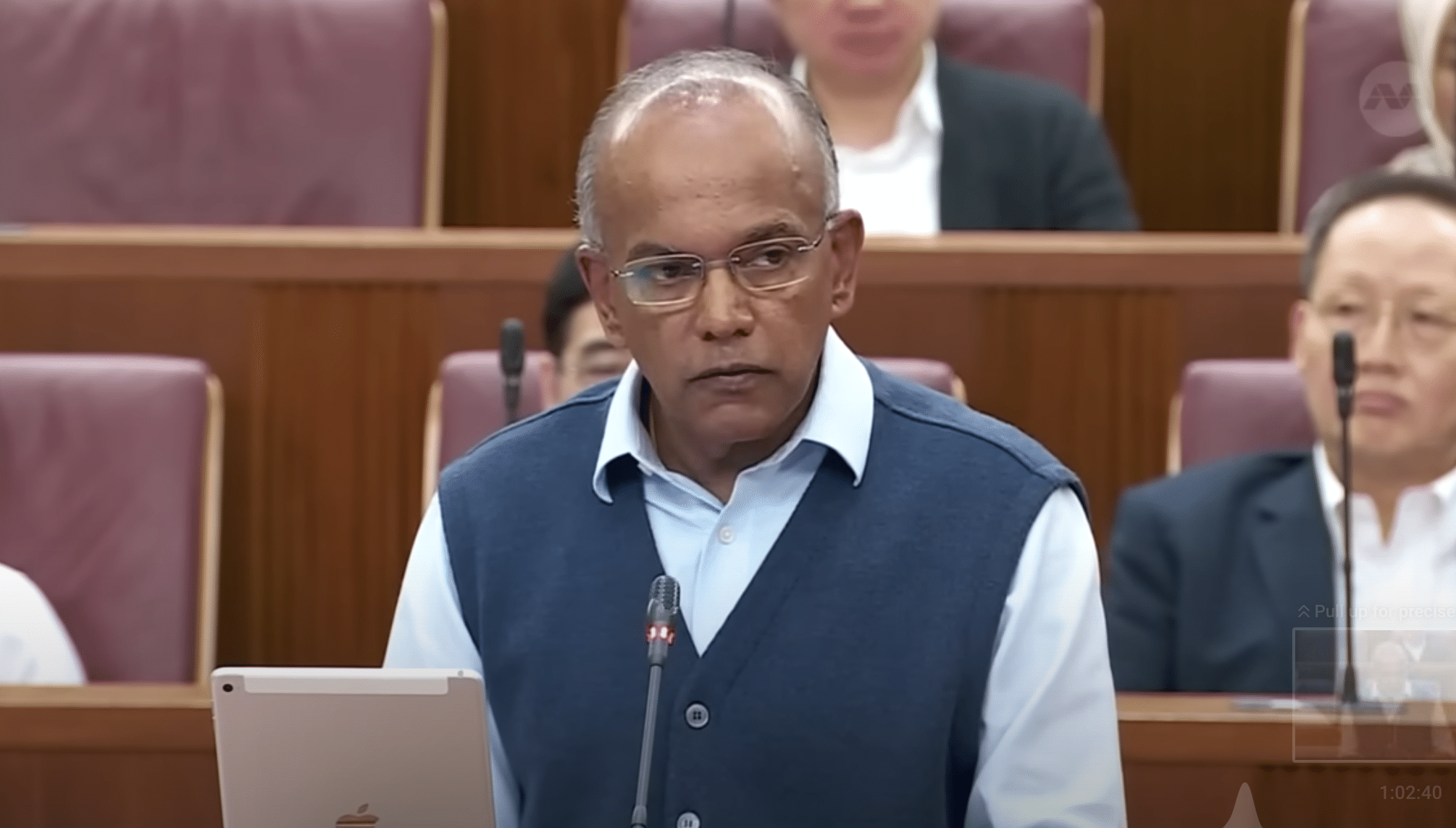SINGAPORE — Minister for National Development Desmond Lee addressed the sudden hike in the additional buyer’s stamp duty (ABSD), stating that the increases were a “pre-emptive measure” aimed at curbing local and foreign investment demand amidst renewed interest in residential properties.
On Wednesday (26 Apr), the Ministry of Finance, Ministry of National Development and Monetary Authority of Singapore issued a joint statement of the implementation of increased Additional Buyer’s Stamp Duty (ABSD) rates effective from 27 April to “promote a sustainable property market” and “prioritise housing for owner-occupation”.
Speaking to reporters on Thursday (27 Apr), Mr Lee explained the rationale behind the measures, emphasizing the government’s commitment to prioritizing Singaporeans purchasing homes for owner occupation and proactively suppressing demand from investors, both domestic and foreign.
“We have made these measures for those two reasons – prioritise Singaporeans who are buying for owner occupation, but also pre-emptively dampening demand by investors, both local and foreign, for residential property,” Mr Lee told reporters.
The most significant increase among the cooling measures announced by the government late Wednesday night was the ABSD rate for foreigners buying any residential property in Singapore, which doubled from 30 per cent to 60 per cent.
Mr Lee highlighted the intention to have an effective dampener on investments from abroad, stating, “When you talk about foreign investment demand, you’re talking about really … people who see Singapore residential property as an attractive investment class. Therefore, we’ve had to calibrate the ABSD rate in order to have an effective dampener on investments from abroad.”
Singaporeans purchasing their second residential property will now face an ABSD rate of 20 per cent, up from the previous 17 per cent, while those purchasing their third and subsequent residential properties will be subject to an increased rate of 30 per cent, up from 25 per cent.
The rate of 30 per cent also applies to permanent residents (PRs) buying their second residential property, while PRs purchasing their third and subsequent residential properties will now pay an ABSD of 35 per cent, up from 30 per cent.

Regarding the impact of the measures, Mr Lee revealed that approximately 10 per cent of all transactions would be affected based on 2022 data.
He acknowledged the price sensitivity of locals to ABSD moves, stating, “Data has shown that locals are ‘very price sensitive’ to ABSD moves.”
He further explained that the adjustments made for Singaporeans and PRs should suffice in dampening local investment demand. However, due to foreign interest in Singapore’s residential property market as an attractive asset class, the ABSD rate for foreigners needed to be calibrated accordingly.
Mr Lee highlighted the moderating effects of the previous cooling measures, uncertain global economic conditions, and high mortgage interest rates on Singapore’s property market.
He noted that signs of price moderation had started to emerge, but the market remained resilient due to strong demand from Singaporeans looking to purchase homes for their own occupancy and renewed local and foreign interest in residential property investments.
“Our property market in Singapore continues to be resilient despite all of this moderation settling in. This is driven by two things – a strong demand from Singaporeans to buy homes to live in, and renewed local and foreign interest in investing in residential properties,” Mr Lee stated.
He attributed the increased demand from Singaporeans partly to construction delays caused by the COVID-19 pandemic and more nuclear families or individuals moving out on their own.
He added that interest from both local and foreign investors was “starting to come back” into the residential market.
Highlighting the significance of foreign interest, Mr Lee mentioned that foreign investments as a proportion of property transactions had decreased from about 20 per cent in 2011 to around 3 to 4 per cent in recent years, with an average of 6 per cent from 2017 to 2019.
He explained that cooling measures, the economic environment, and COVID-19 border closures had affected this proportion. However, foreign interest had returned in the first quarter of 2023, accounting for about 7 per cent of all transactions.






